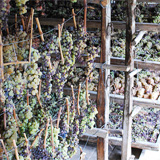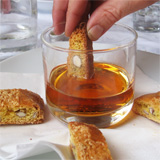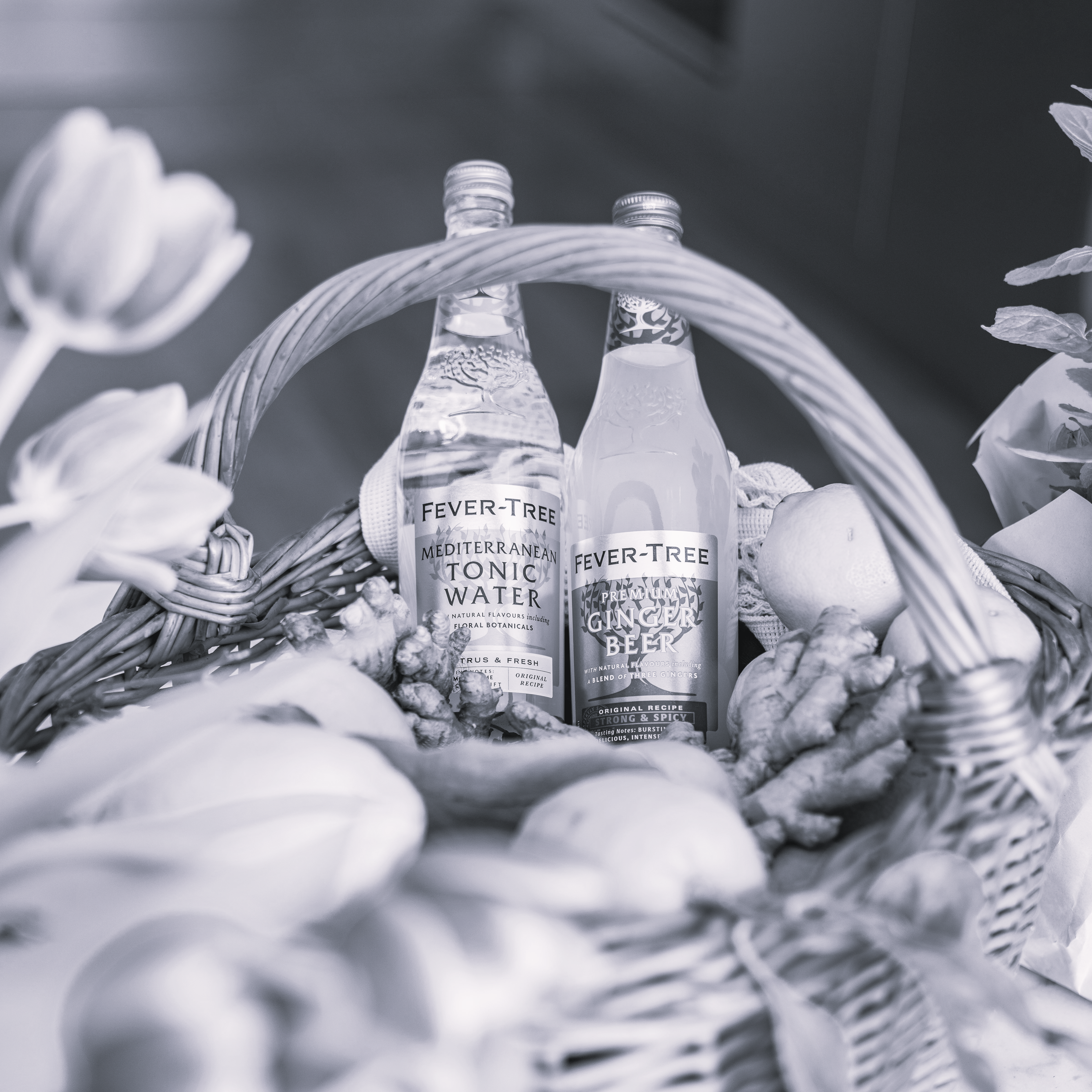Vin Santo (holy wine) is a style of Italian dessert wine. Traditional in Tuscany, these wines are often made from white grape varieties such as Trebbiano and Malvasia, though Sangiovese may be used to produce a 'rose' style known as 'Occhio di Pernice' or (eye of the partridge). The wines may accurately be described as straw wines since they are most often produced by drying the freshly harvested grapes on straw mats in a warm and well ventilated area of the winery.
Though technically a dessert wine, the wines can vary in sweetness levels from bone dry to extremely sweet. While the style is believed to have originated in Tuscany, examples of Vin Santo can be found throughout Italy and is an authorized style of wine for several DOCs and IGTs regions.
After the grapes are harvested, they are laid out on straw mats or under rafters. They are kept in warm, well ventilated rooms that allow the moisture in the grape to evaporate. This process of dehydration allows the sugars in the grape to be more concentrated.
After fermentation the grapes are then aged in small oak barrels. In many DOC regions, the wines are required to age for at least 3 years though it is not uncommon to age these wines for 5 to 10 years. Traditionally the barrels were made of chestnut instead of oak, which contributed high amounts of wood tannins and was very porous which promoted excessive evaporation. Towards the end of the 20th century, producers began switching to oak barrels while maintaining the tradition of not topping up the barrels and filling in the ullage space.
Typical flavours often include nutty or raisin notes with honey attributes. In Italy it is traditional to serve the wine as a digestif at the end of the meal after espresso. It is often served with biscotti cookies that may be dunked into the wine. The wines can even be fortified with grape spirit like Port added during fermentation - these fortified examples are usually labeled as Vin Santo Liquoroso.










